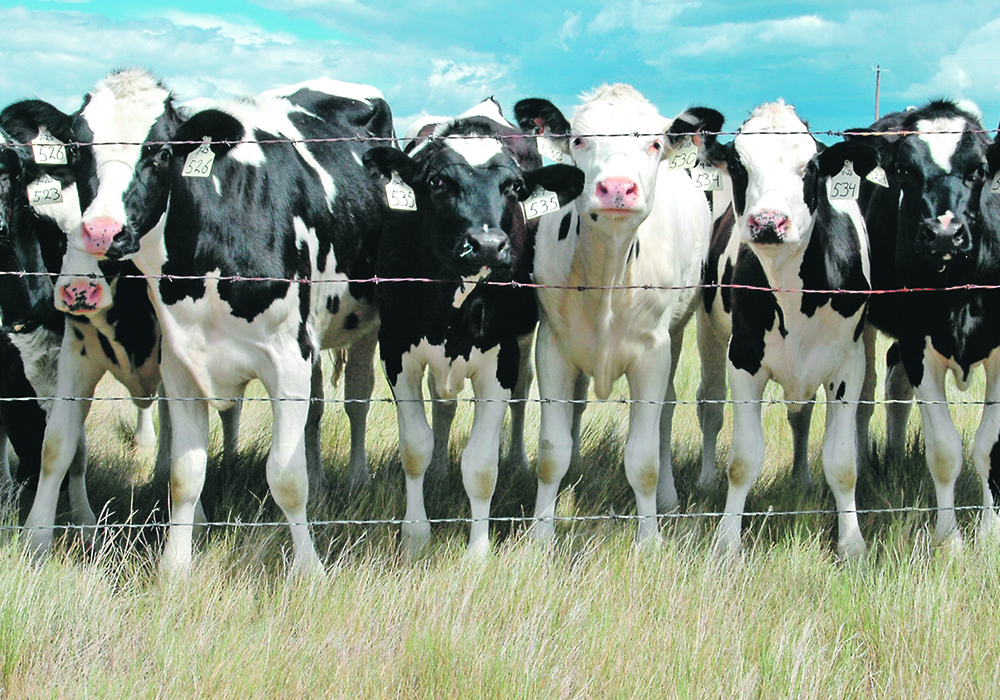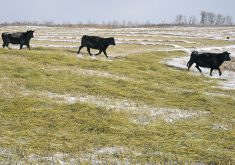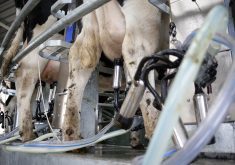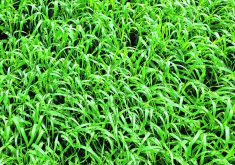Dairy farmers looking to expand must first get their land and people in place.
That was a common theme from a cross-country panel of leading dairy farmers at the recent Progressive Dairy Operators triennial conference in Toronto.
Gert Schrijver farms in Stettler, Alta., milking about 300 cows on 1,700 acres.
He plans to build a new milking facility in the next five years and has purchased a quarter section a year for the past five years to make sure he’ll have the acreage needed for feed production and manure application.
Read Also
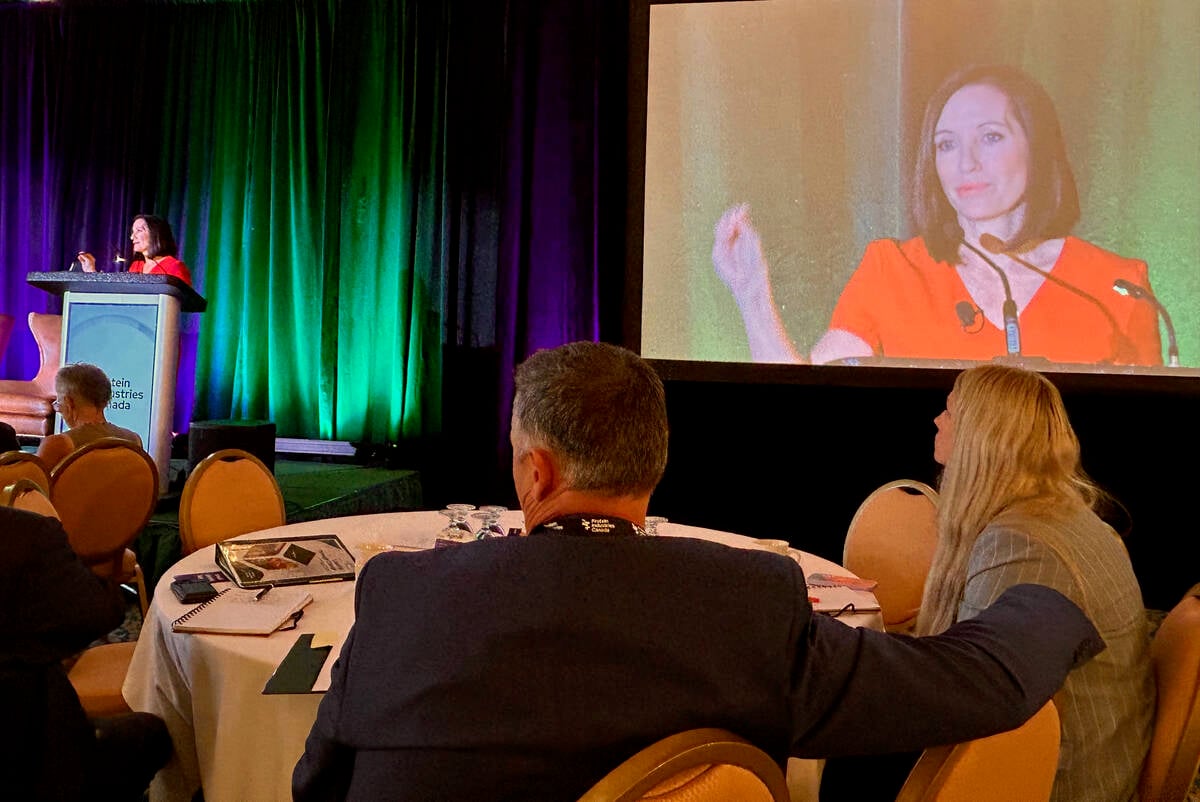
Canada told trade crisis solutions in its hands
Canadians and Canadian exporters need to accept that the old rules of trade are over, and open access to the U.S. market may also be over, says the chief financial correspondent for CTV News.
After three recent drought years, he has a year of forage ahead in his bunk silos.
In Ontario, Cox Wensink milks 500 cows on two different farms with 10 robotic milking systems.
She says the farm need to find more land, especially before it makes the “next big leap”, which won’t be coming for a few years.
That’s a challenge in Ontario’s Oxford County where land sells for upwards of $30,000 per acre.
“That’s something we strive to get ourselves into the position to do,” she said.
Maintaining a good relationship with her bankers and keeping them regularly updated helps when there’s a need for new capital.
She aims to have the farm running smoothly so she can attend her young children’s sports and school activities.
“We’ve come out of five very busy years on the farm,” she says.
In Nova Scotia, Phillip Vroegh of Sunny Point Farms has ranked second in Canada for the past two years in Lactanet’s top Herd Management Score. (Schrijver’s Marsfield Holsteins was the top farm in Alberta in 2023.)
Vroegh milks 340 cows in buildings that he says are getting full, and the farm will need to look at new facilities in the future.
He farms with his wife, Lori, and son, Cole. His father, Eef, started the farm in 1959 in East Lowell, N.S.
The land price isn’t the biggest barrier to expansion; rather it’s factors such as the longevity of milk processors in the region that haven’t seen many upgrades in 50 years. Also, Vroegh has invested in feed facilities, because local grain elevators aren’t as available as they are in Ontario.
A $300,000 investment in feed tanks and a batch mixing facility paid back in less than five years, giving him better ability to buy and store feed when it’s less expensive and reducing shrink, which is the amount of feed lost in transit, settling and spoilage.
All three of these farms take different approaches to maintaining and training labour, but it is a significant amount of work for all of them.
“The main thing I do is people management on my farm,” says Schrijver. “It takes a massive amount of time and expertise around employee management.”
He employs four full-time and three part-time workers.
Schrijver has spent a lot of time away from his farm in the past several years as a board member for Alberta Milk and the Dairy Farmers of Canada. He now serves on the Lactanet board of directors.
His farm has thrived due to good employees and his family.
“A well-paid workforce makes the farm more profitable,” he says.
Wensink has robots to help, but about five years ago she began using the Temporary Foreign Worker Program and now most of the workers on her farm are from Guatemala.
“It’s been a really positive thing on our farm.”
Wensink’s Hoenhorst Farm has also hired a human resource advisory firm to help fill out documentation and advise on how to deal with human resource issues, something Wensink admits isn’t her strongest trait.
“My background is not HR and it’s not what I’m good at.”
Wensink trained in engineering.
She also says learning the language of foreign workers is important. Communication can happen via Google Translate, but when the issue is serious, there isn’t room for misinterpretation.
Vroegh has taken several approaches to building his team. He added two temporary foreign workers last year and was challenged by the amount of training needed. His staff receive medical and dental benefits and an RRSP matching pension program.
“Everybody gets a side of beef. We try to have a team approach,” he says, adding that the farm tries to be seen as a good community member and therefore a good place to work.


